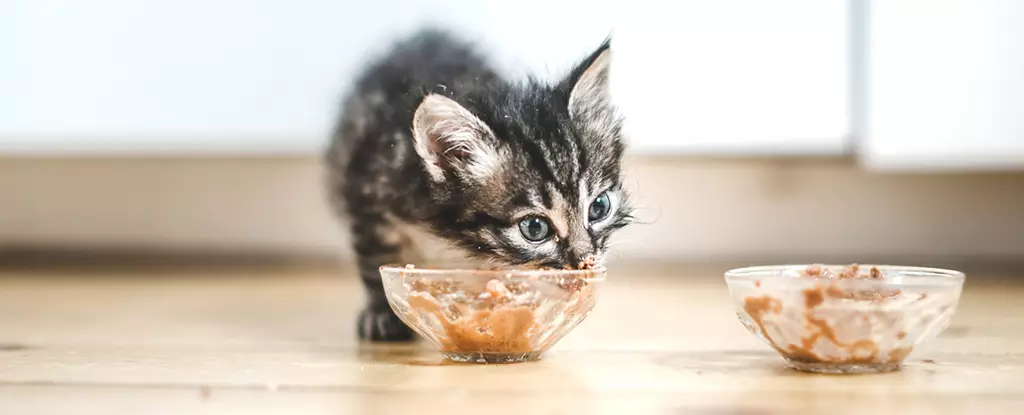The emergence of H5N1 bird flu cases in cats has sparked alarm in Los Angeles County, where several feline fatalities have been linked to consumption of raw pet food and dairy products contaminated with the virus. The recent outbreak serves as a stark reminder of the potential dangers represented by zoonotic diseases and the critical need for responsible pet care practices, particularly in maintaining safe diets for our furry companions.
Reports indicate a five-cat household that suffered the tragic loss of two beloved pets, highlighting the vulnerability of indoor cats to disease. These cats consumed raw food from commercially available sources, specifically linked to the ‘Monarch Raw Pet Food’ brand. This brand has been confirmed to contain live H5N1 virus particles, making it a direct conduit for the disease. Following consumption, all five cats displayed concerning symptoms, with four facing severe clinical conditions that led to the heart-wrenching decision of euthanasia due to the severity of their respiratory complications. One cat barely showed signs of illness, driving home the unpredictable nature of infectious diseases.
In an equally concerning case, a single-cat household in LA grappled with a similar scenario. The pet, also an indoor cat, experienced sudden illness that was identified as H5N1 through clinical testing. This cat had eaten from three raw pet food brands, currently under investigation, raising questions about the safety measures in place for raw pet foods marketed to consumers.
The loss of these pets is not merely an isolated tragedy; it raises broader public health concerns. With an additional five cats dying after consuming raw milk that was previously recalled due to H5N1 contamination, a pattern of increasing risk emerges. Cats are not common hosts for influenza A virus strains, and these confirmed cases represent the first known instances of H5N1 in cats within LA County. However, new findings suggest that similar infections are being reported across various regions in California and other states, underscoring the urgent need for heightened awareness.
The implications extend beyond the immediate healthcare of pets. With potential mutational capacity, the H5N1 virus poses a risk not only to cats but potentially to humans as well. The Los Angeles County Department of Public Health (LACDPH) has assured the public that, to date, there is no evidence of cat-to-cat, cat-to-human, or human-to-human transmission of the virus. Nevertheless, those with animals in close contact with wildlife must remain vigilant, as they face a heightened risk of exposure.
In light of recent events, the LACDPH has provided critical advice for pet owners. One of the foremost recommendations is avoiding the feeding of raw meat, poultry, dairy, or pet food diets. Many studies have already established that such diets can carry multiple risks, and the recent H5N1 infections underscore the importance of reevaluating feeding practices.
Pet owners are urged to regularly monitor food recalls, including those related to animal feed. The FDA’s website provides an invaluable resource, offering updated information on recalls, market withdrawals, and safety alerts by filtering product types. Increased diligence will contribute to the protection of pets and their caretakers alike.
Additionally, it is crucial for pet owners to remain informed about potential symptoms associated with bird flu in pets. Early signs can include fever, extreme lethargy, reduced appetite, jaundice, respiratory distress, and even neurological anomalies. Consistent assessments can ensure prompt attention is given to potentially affected animals, which can significantly impact outcomes.
The troubling emergence of H5N1 bird flu in cats serves as a potent reminder of the interconnectedness between animal health, public health, and responsible pet ownership. As the frequency of such incidents potentially increases due to various zoonotic factors, it is imperative to implement preventive measures that protect both pets and their owners. Awareness and responsibility must reign supreme in the practices of feeding, handling, and caring for our beloved companions, particularly in a landscape where public health is continually challenged by evolving pathogens. By promoting safe practices, monitoring health risks, and swiftly addressing outbreaks as they arise, we can better safeguard our pets and ourselves from the potentially dire consequences associated with zoonotic diseases.

